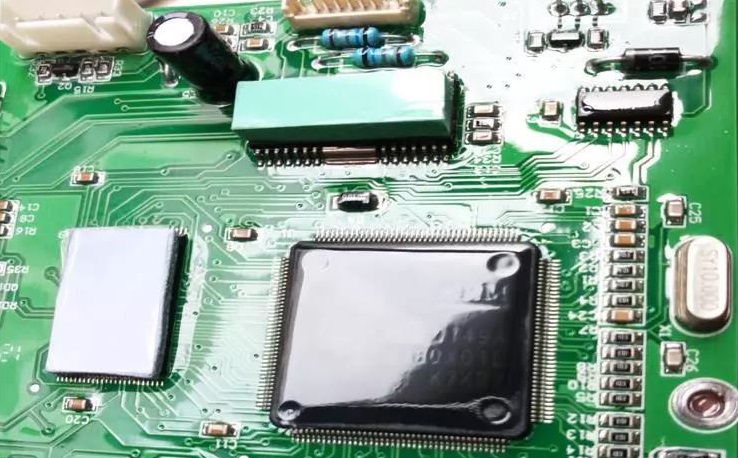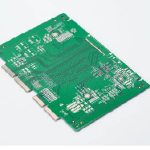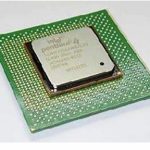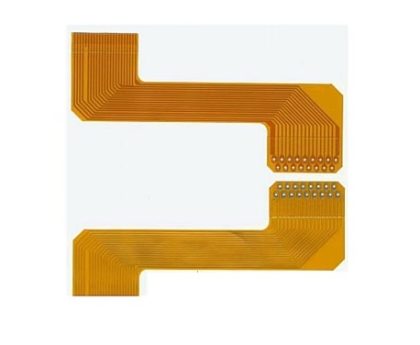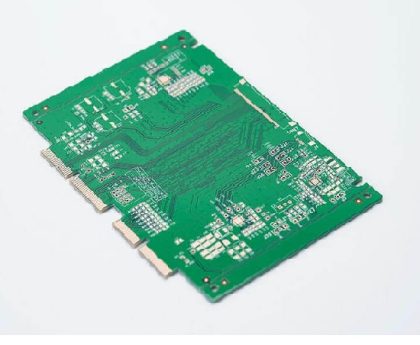Conformal coating is a specially formulated coating, used to protect circuit boards and related equipment from the erosion of the bad environment, also known as “circuit board protection coating”. Conformal coating has good resistance to high and low temperatures; it’s curing into a transparent protective film, with superior insulation, moisture, leakage, shock, dust, corrosion, anti-aging, corona resistance, and other properties.
In real conditions, such as chemical, vibration, high dust, salt spray, humidity high temperature, and other environments, the circuit board may produce corrosion, softening, deformation, mold, and other problems, resulting in circuit board circuit failure. Three-proof paint coated on the surface of the circuit board forms a layer of conformal coating (Conformal coating refers to moisture, salt spray, and mold). In situations such as chemical substances (e.g., fuel, coolant, etc.), vibration, moisture, salt spray, humidity, and high temperatures, circuit boards that do not use conformal coating lacquer may be corroded, mold growth, and short circuits may occur, resulting in circuit failures. The use of conformal coating lacquer protects the circuits from damage, which improves the board’s reliability, increases its safety factor, and ensures its longevity. In addition, because the conformal coating prevents leakage, it allows for higher power and closer board spacing. Thus, the purpose of component miniaturization can be met.
Conformal coating from the chemical composition can be divided into acrylate, silicone, and polyurethane conformal coating; and the curing method, there are solvent curing, room temperature curing, heat curing, and UV curing.
(1) solvent-containing acrylic resin conformal coating (the current market is the most widely used, popular product), characterized by surface drying, fast curing time, better three-proof, inexpensive, transparent color, flexible texture, with easy to repair features.
(2) solvent-free acrylic resin conformal coating, characterized by UV curing, can be in a few seconds to more than a dozen seconds table drying, transparent color, hard texture, anti-chemical corrosion, and abrasion resistance is also very good.
(3) Polyurethane conformal coating, characterized by brittle texture, and excellent solvent resistance. In addition to superior moisture resistance, and stable performance in low-temperature environments.
(4) Silicone three-proof paint, soft elastic coating material, can release pressure well, high-temperature resistance of 200 degrees, easy to repair. From the price and performance considerations, there is the emergence of the above types of three-proof paint will appear cross phenomenon occurs, such as silicone-modified conformal coating.
(5) fluorescent conformal coating, characterized by the coating of fluorescent three-proof paint, violet light irradiation coating the surface shows blue, clear, easy to detect whether the conformal coating is in place.
Moisture is the most prevalent and destructive factor for PCB circuit boards. Excessive moisture will significantly reduce the insulation resistance between the conductor, accelerate high-speed decomposition, reduce Q value, and corrosion of the conductor. We often see the metal part of the PCB circuit board up the copper green is not coated with three anti paint metal copper and water vapor, oxygen, and its chemical reaction caused by the common.
Any stains on the circuit board may lead to the same results as those caused by moisture erosion – electronic degradation, corrosion of conductors, and even irreversible short circuits. The most common contaminants found in electrical systems are probably chemicals left over from the manufacturing process. Examples of these contaminants are fluxes, solvent mold releases, metal particles, and marking inks. There are also major groups of contaminants that can be caused by inadvertent human handling, such as body oils, fingerprints, cosmetics, and food residues. There are also many pollutants in the operating environment, such as salt spray, sand, fuel, acid, and other corrosive vapors and mold.
Coating printed circuit boards and components with triple-proof lacquer reduces or eliminates the degradation of electronic performance when they may be subjected to the adverse effects of the operating environment. The purpose of the coating is considered to be fulfilled if the coating maintains its effect for a satisfactory period, e.g., longer than the useful life of the product.
Even if the coating layer is very thin, it is still able to withstand mechanical vibration and oscillation, thermal shock, and operation at high temperatures to a certain extent. Of course, the notion that films can be used to provide mechanical strength or sufficient insulation for the individual components inserted on a printed circuit board is false. Components must be mechanically inserted and must have their applicable caulking so that there is double insurance against accidents.

